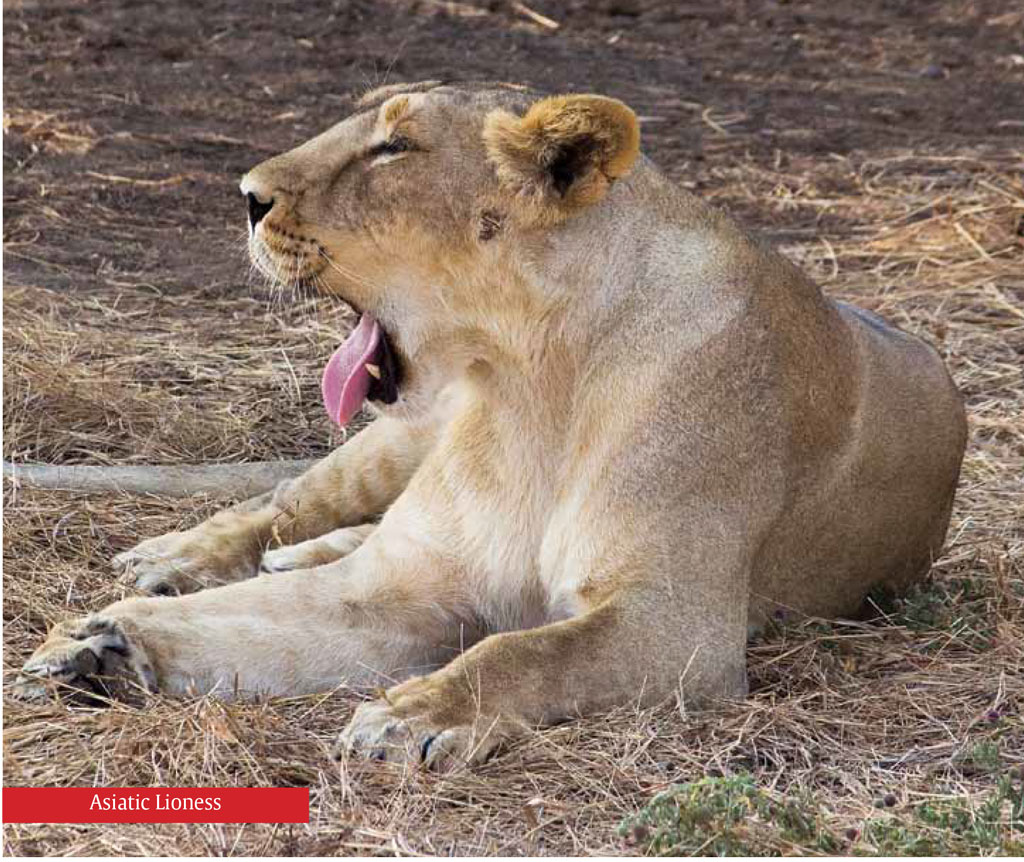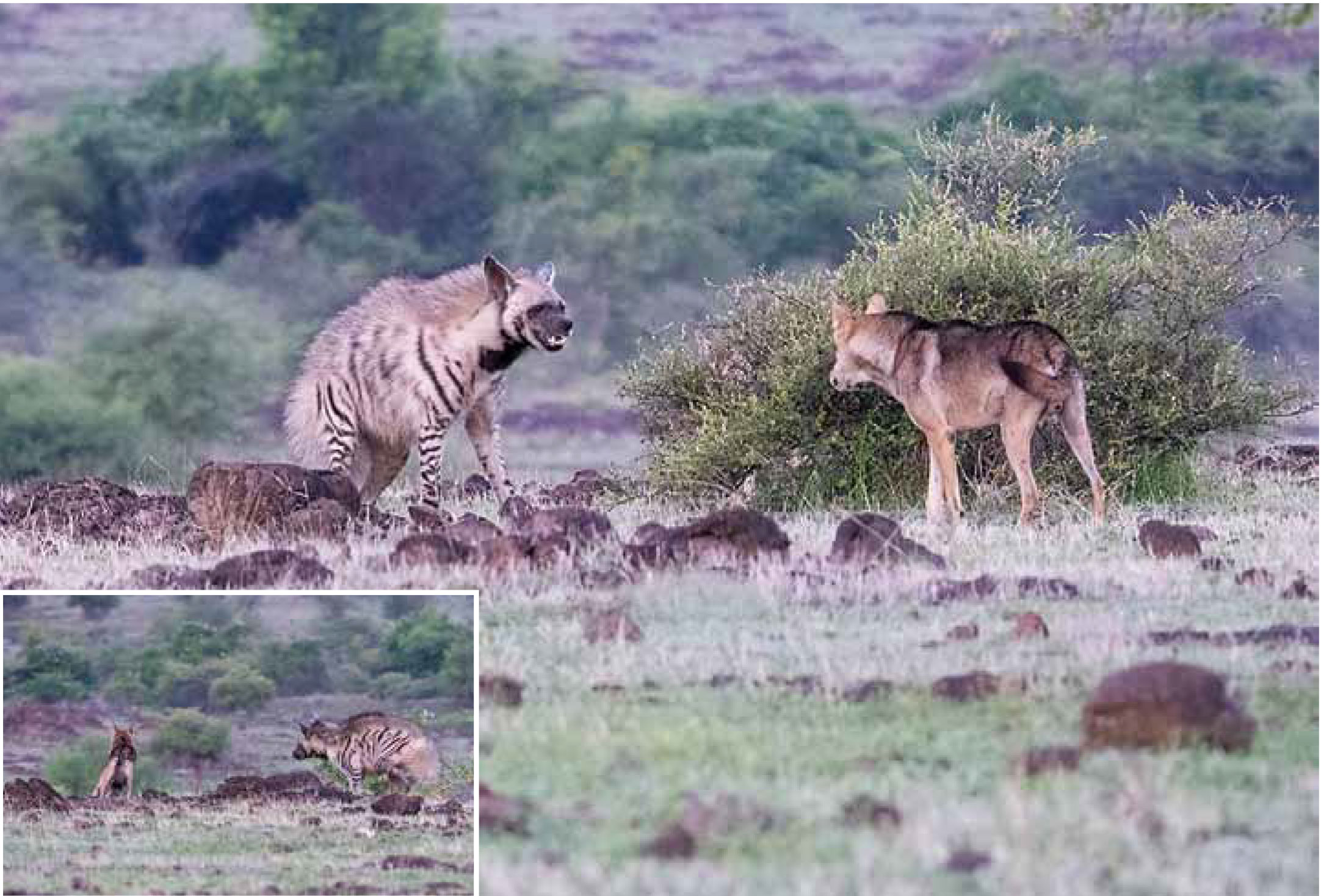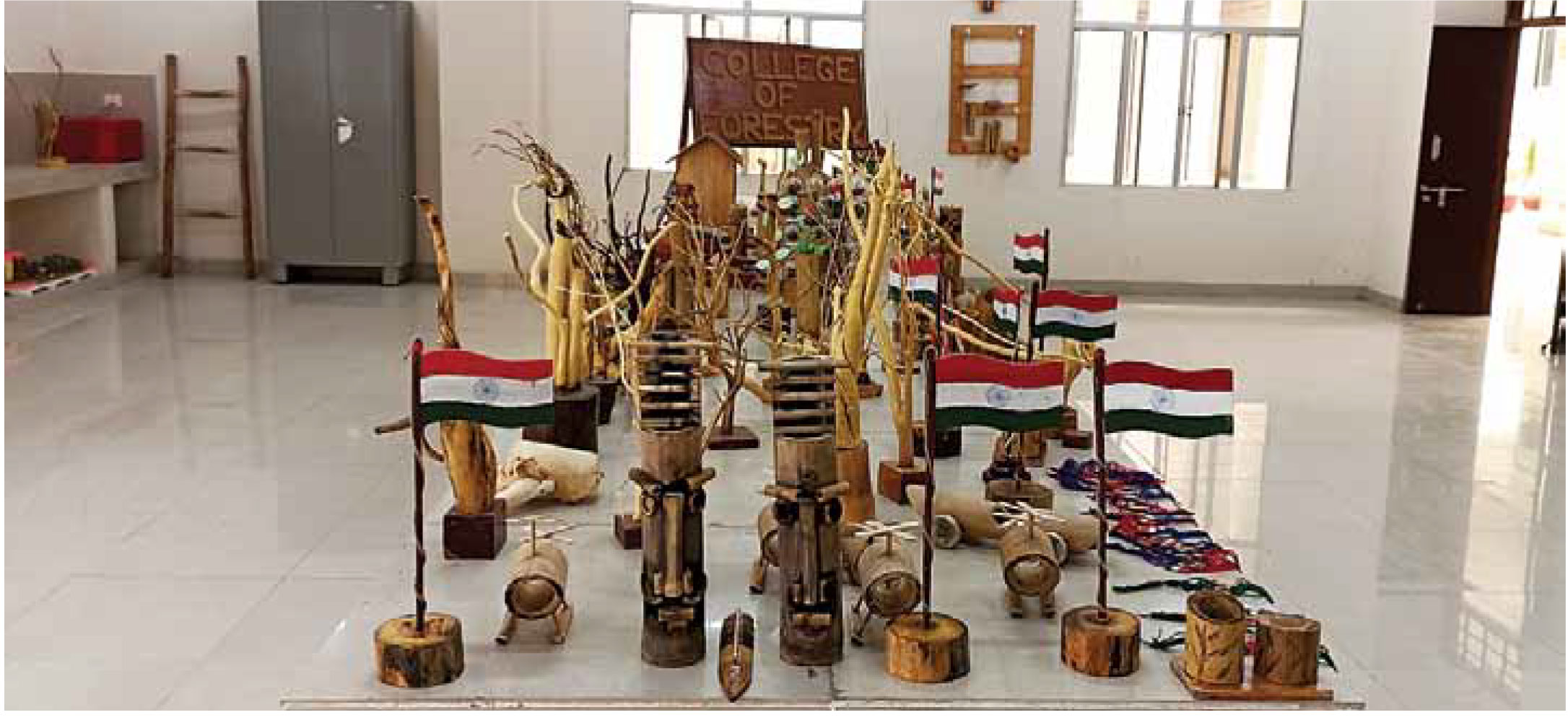
‘‘Gir-The Land of Asiatic Lions”
By T. L. John
Entering into the Asiatic lion’s habitat is really an awesome feeling which is entirely different from the mood which sets in when you visit the other habitats of wild animals in India. Here the Asiatic lions ( Panthera leo persica ) can be seen moving royally just as the African lions move and roam in their domain.
In the month of March, I made a short visit to Gir located in Gujarat with the hope of seeing the giants and capturing images of them. The day I reached there, I found a way to get an entry pass into the sanctuary.However,the next day I had to find myself a seat in one of the safari jeeps. Just before dawn I could make an entry into sanctuary.
Being seated in an open jeep itself installed in me a kind of insecurity and fear. As the light began to glow in the horizon, the atmosphere changed to a strange mode with the chirps, howls, and roars. Our safari jeep moved forward to water holes expecting the beasts but nothing could be found. The jeep moved to another place and on my way I could observe a giant one moving far ahead of our jeep in the early morning light. Though the light was not sufficient for a good exposure I got ready for a click expecting the giant to turn. In his forward movement only once did the giant turn and that too for a second and at once I captured the chance useful.

While we were following the giant at a safe distance, unfortunately another safari jeep overtook us in a speedy manner and went close to the lion. By their reckless act the lion moved quickly into the bushes and faded out of sight. It diminished my hopes of getting good snaps. Based on my experience I can say that the domestic tourists have very little knowledge on conservation. So, they come exclusively for the thrill of seeing wildlife at any cost. Hence wildlife tourism in many of our sanctuaries and national parks seem like rides in amusement parks. Blocking the way of animals using vehicles in order to take close images even with mobile phones has become very common now-a-days. This type of activities make disturbance to the wild animals and create a negative impact on conservation of the sanctuaries.
Our safari jeep then carried us to other destinations. On the way I noticed the terrain with much more interest and curiosity. The topography of the park is of vivid characteristic features comprised of rugged hills, wide grassland plateaus, teak forests, shrubs and savannah-type of grassland.

In our forward move I noticed the rhythmic flow of river Hiranya that sustains the eco-system there. In the midst of the teak forest I could see a lion groaning. We moved forward and stationed at a reasonable distance and observed. It was a lioness terribly wounded on the left buttock. After a while we moved through the next track and could spot lions here and there. In addition, we met foxes, python in the backdrop of the grassland and owls on a partially dried tree.
On the next day our trip was through a different route and we could spot herbivores genres like Chital, Nilgai, Antelope, Sambar, Four-horned Chinkara and Blackbucks. The trip was, indeed, thrilling and worthwhile. In the sanctuary area I could see people like Maldharis living in this lion ruled jungle. I wonder how they dared to live in the midst of ferocious animals.
Though the jungle safari takes to places for watching lions through different route, the chance depends upon mere luck. Each safari takes about three hours to complete a trip and within this time we can have a good viewing experience on the vast terrain.
On the next day I went to Gir Interpretation Zone at Devalia within the sanctuary itself. It is an exclusively designated part comprising of 4.12-sq-km fenced-off area for tourists for close watch and study. Here most of the wildlife and habitats are sustained just as of Gir.

As Gir is a very vast and unique ecosystem with diverse flora and fauna, it has great scope for recreation and education. As of the other National Parks and Sanctuaries Gir too faces a number of threats to its ecosystem such as periodical drought, forest fires, habitat destruction, excessive traffic and Pollution.
It is a fact that there are only several hundred Asiatic lions sustain in this glorious ecosystem of Sasan Gir, as per report says. The narrow breeding population is also an issue of growing concern. Here lions are tolerant of the presence of human settlements. As Gir forest is the only place where this race of Asiatic Lion is found in its natural habitat is a prestigious documentation to our country. For the due conservation of Asiatic lions the Gir elevated to the status of a national park in 1965. I returned home with abundant memorable experience and with some good images of animals in this unique ecosystem.




Dr RAKESH KUMAR SINGH
January 16, 2024Very useful article